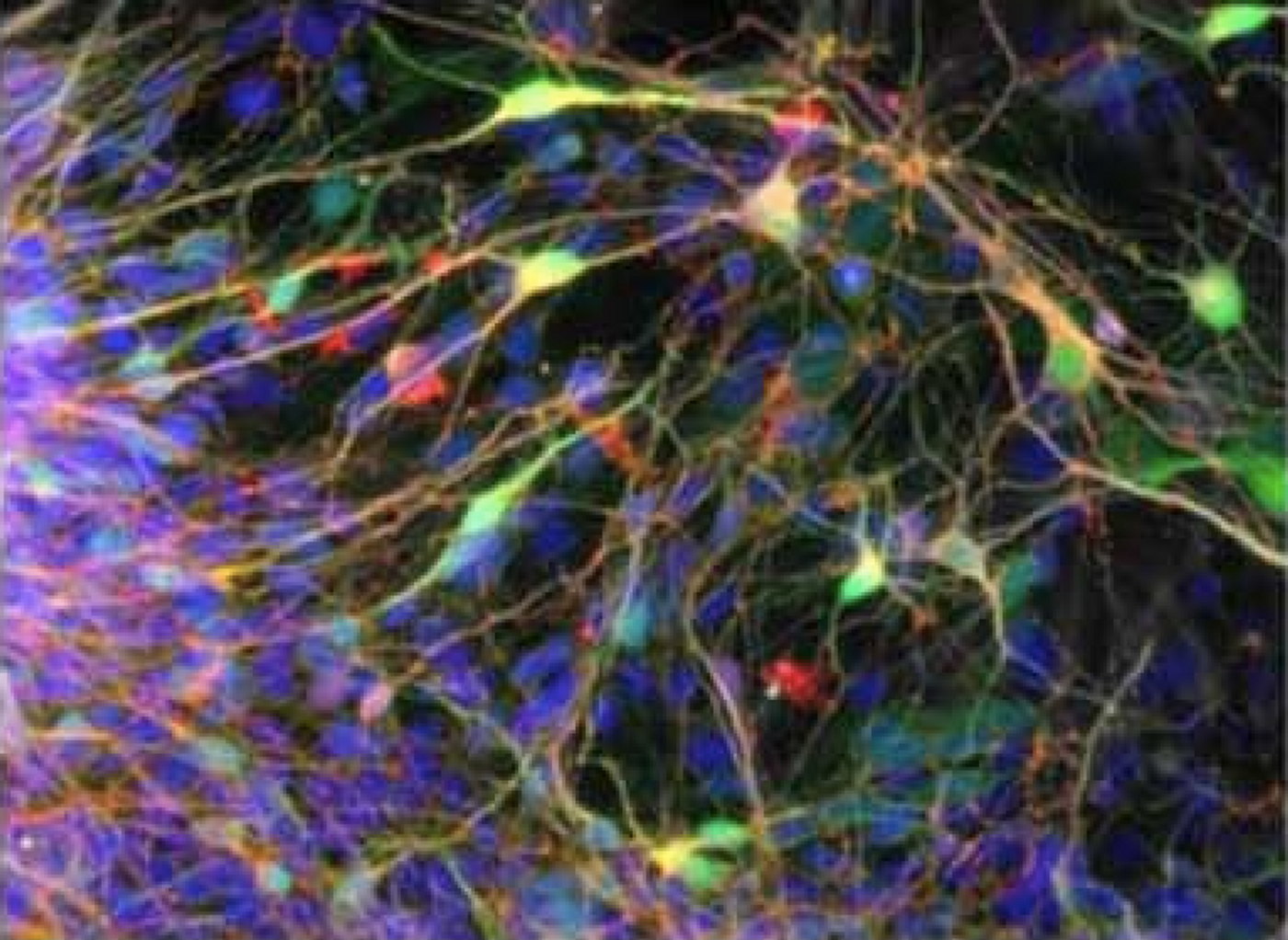From a genetic perspective, humans are very similar to chimpanzees and a cousin of theirs, the bonobo; the genetic difference between them and us is only about 1.2 percent. However, those small changes in genes add up to significant changes in behavior and cognition. Researchers have been studying what it is, specifically, that makes the human brain different from the species we have so much in common with genetically. Scientists from the Salk Institute and UC San Diego have now developed a way to study the differences and similarities in the development of neurons in humans and nonhuman primates. Their work has been reported in eLife.
"This study provides insights into the developmental organization of the brain and lays the groundwork for further comparative analyses between humans and nonhuman primates," said a senior author of the study, Salk President and Professor Rusty Gage.
In development, it's essential for neurons to mature; they have to make the right connections and communicate properly with other cells. It's also imperative that they get to the right location in the brain.
In this work, the researchers compared these processes of migration and maturation in the different species by first deriving stem cells from skin cells of each species. That Nobel-prize winning process has been used in many aspects of biological research, and now presents a way to use cell lines grown in the lab to study neurons derived from endangered primates.
"This is a novel strategy to study human evolution," said a co-first author of the work Carol Marchetto, a Salk senior staff scientist in the Laboratory of Genetics. "We are happy to share these primate cell lines with the scientific community so that researchers from around the world can examine primate brain development without the use of tissue samples. We anticipate this will lead to numerous new findings over the next few years about the brain's evolution."
The researchers identified 52 genes that were connected to neuronal migration. They also found that neurons from chimpanzees and bonobos went through periods of rapid movement, but human neurons migrate more slowly.
To further asses the differences in the migration and maturation of neurons, the team transplanted neural progenitor cells into rodent brains. They followed the transplant models for nineteen weeks and determined that neurons derived from chimpanzees move further, spanning an area that was 76 percent greater than human-derived neurons after two weeks. Neurons derived from humans developed at a slower pace but had a longer length than chimpanzee neurons in the end.
The researchers want to create a tree with several primate species using these types of cell lines so that they can have a better understanding of the evolution of the brain.
"We have limited knowledge about the evolution of the brain, especially when it comes to differences in cellular development between species," said Marchetto. "We're excited about the tremendous possibilities this work opens up for the field of neuroscience and brain evolution."
The video above features Gage discussing the differences between humans and great apes.
Sources: AAAS/Eurekalert! Via Salk Institute, eLife









